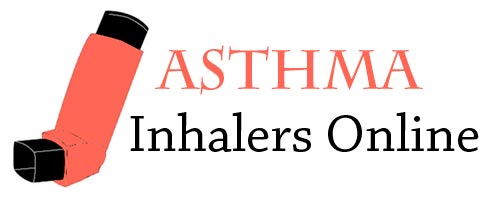Subjects and Methods of Fenoterol Use in Exercise-Induced Asthma
Exercise-induced asthma (EIA) is a very frequent clinical problem. Often asthmatic patients avoid exercise, sometimes on mistaken advice of a physician. In fact, it is usually possible to completely prevent exercise-induced asthma, or to minimize its severity, by prophylactic administration of certain drugs. The most effective preventive measure is inhalation of an aerosolized beta-adrenergic agent, a few minutes before the exercise. Up to 75 percent to 87 percent of patients can be completely protected from EIA by











